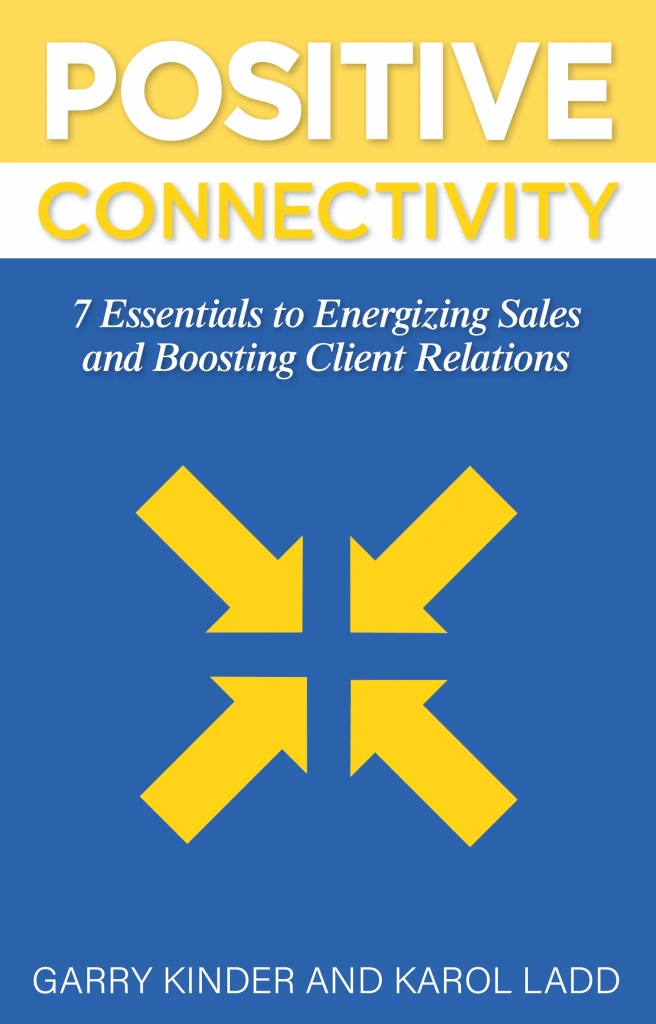
Healthy discourse seems to be a dying art in today’s society. All too often meaningful engagement is replaced with everything from quick texts, hurried emails, or even rants and raves on social media. What happened to rich and stimulating dialogue?
A good and balanced conversation builds connections. It can strengthen our understanding of others and encourage our interests and reasoning. Talking with one another in a civil and kind way allows us to maintain relationships while perhaps disagreeing on certain points. It invites us to learn, to grow, and to explore. So, what are the components of positive conversation? Here are three elements to consider.
A Humble Heart – It’s been said, “Humility doesn’t mean we think less of ourselves, it means we think of ourselves less.” When we live with humility, we elevate others and see the value in each person. A humble person doesn’t think they know it all, but rather truly cares about what the other person has to say, even though they may not agree. Humility opens the door to truly hearing another person’s point of view and inviting them to understand ours.
Insightful Questions – We can jump-start interesting conversations by asking good questions. “Can you tell me one of the most interesting aspects of your job?” “What are your thoughts about….?” “I would love to know your story. Can you share a little about yourself?” Questions such as these open doors to connectedness. And if someone makes a statement you disagree with, ask a good question instead of spilling out your viewpoint. “What has brought you to that point of view?” or “Can you give me a little more insight into what you are saying?” Questions such as these steer us away from assumptions and lead to surfacing what is deep in the heart.
Listening Ears – It’s easy to dismiss what someone is saying because we don’t agree with them or don’t quite understand what they are talking about. Sometimes fail to listen to others because we are trying to think of the next thing we want to say. But when we are quick to listen, slow to speak, and slow to become angry, we create space for dialogue. Listen from three different angles, paying attention to what the other person is saying, and to what they are not saying, and to what they are trying to say but just don’t know how. Stay focused with eye contact and body language and allow your good listening to lead to the next insightful question.
If we apply these simple steps in engaging with family, friends, and those who see life differently than us, we will begin to experience positive outcomes and greater understanding. Let’s build bridges rather than walls with our creative and intuitive conversations.
Check out my latest book, Positive Connectivity

